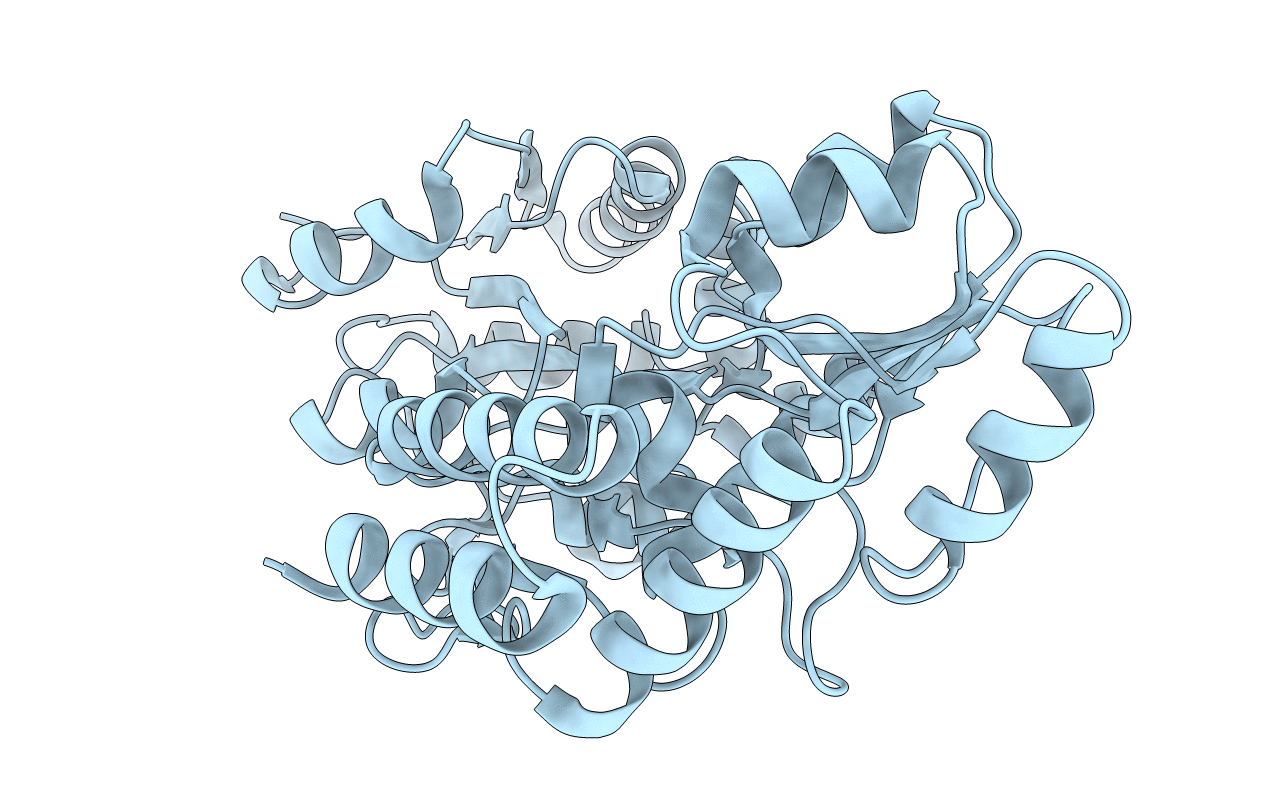
Deposition Date
2003-05-21
Release Date
2003-08-12
Last Version Date
2023-08-16
Entry Detail
PDB ID:
1PEB
Keywords:
Title:
LIGAND-FREE HIGH-AFFINITY MALTOSE-BINDING PROTEIN
Biological Source:
Source Organism:
Escherichia coli (Taxon ID: 562)
Host Organism:
Method Details:
Experimental Method:
Resolution:
2.60 Å
R-Value Free:
0.24
R-Value Work:
0.18
R-Value Observed:
0.18
Space Group:
P 1 21 1


